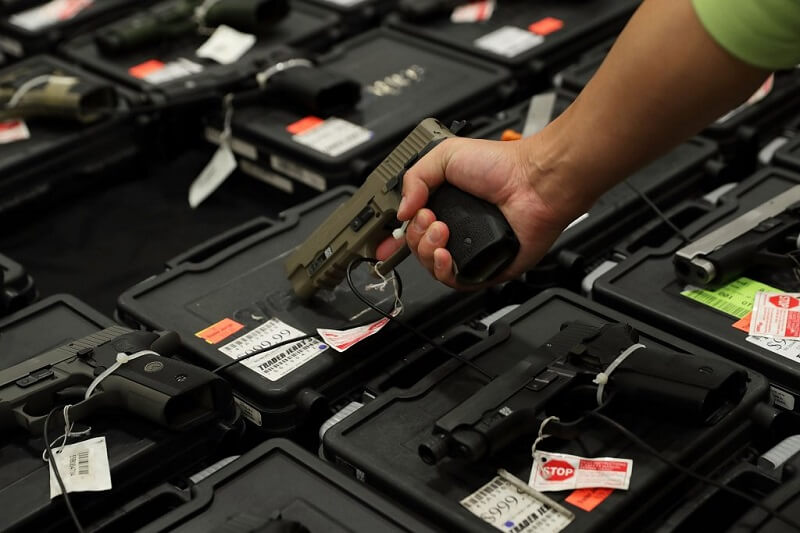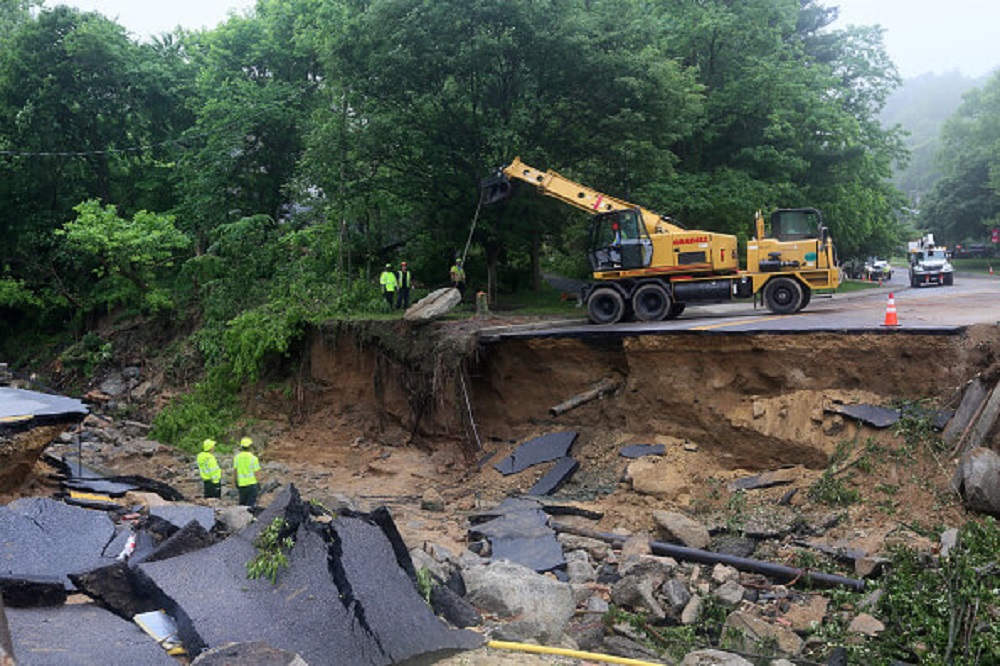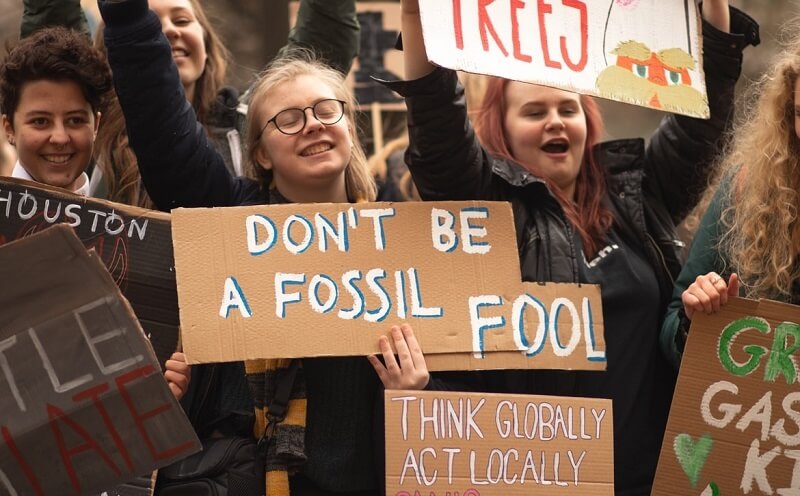The following is an open letter to the Montgomery County Council:
Changes in zoning are a part of government that generally get very little attention and are hardly ever seen as moral questions. But the rezoning proposed for Montgomery County ― allowing community solar projects in the county’s Agricultural Reserve, which covers the rural third of its 316,000 acres ― is not just a question of land use and how we can prevent dangerous climate change.
It is also fundamentally an issue of environmental justice.
The zoning change, ZTA 20-01, which will come before the county council Oct. 6 would allow small community solar projects (10 to 15 acres) on farms in the Agricultural Reserve, with an overall limit of less than 2% of its area.
Community solar under Maryland’s state program makes it possible for people who can’t put solar on their roofs to get clean energy nonetheless. They simply subscribe to a project, are supplied the electricity they need at reduced rates, and don’t need to invest the many thousands of dollars required to install rooftop solar.
Whether to permit and encourage this progressive approach in Montgomery County is an issue of climate justice, in several different ways:
1. It makes solar energy accessible to everyone in the county, not just our wealthier residents. About three-quarters of county residents are effectively excluded from rooftop solar because they’re renters (one-third of county households), because they live in multi-family dwellings and don’t own their roofs, because their roofs are shaded or face the wrong way, because they don’t have the savings or credit rating to come up with the initial investment, etc.
The more community solar is allowed, the more people who can benefit from it, saving money from the program’s rate reductions (10% to 30% for low- and moderate-income households). In Maryland’s community solar program, the average yearly savings for low- to moderate-income households is $250, which adds up to $6,000 over 20 years.
This is why it’s important not just to allow community solar, but to avoid “poison-pill” amendments to the zoning text amendment, such as forbidding projects on Class 2 soils which cover 131,000 acres ― 40% of the county! So excluding projects from them means much less community solar will be available for subscribers, severely limiting how many families can benefit.
2. Community solar reduces all the emissions from fossil fuels like coal, gasoline and natural gas. Not just the emissions of carbon dioxide, but also the air pollutants such as the SOx, NOx and volatile organic compounds that cause asthma, cancer and heart disease. These injuries to health and survival disproportionately hurt our Black and Latinx neighbors, reflecting many decades of environmental racism that has continued into the 21st century.
Opponents of community solar in the Agricultural Reserve have argued that it’s not necessary, proposing that instead we solve our climate problem through sequestration. This refers to approaches such as reforestation and regenerative agriculture techniques like cover cropping, no-till cropping, composting and rotational grazing that reduce the emissions from farms and can take some CO2 out of the atmosphere.
These are worth doing, but besides being far too small to solve the problem (they reduce emissions by only about 1% as much per acre as solar does), they don’t take up the chemicals that cause asthma, cancer and other diseases. They only sequester carbon dioxide, leaving the other pollutants to continue harming the health of communities of color.
3. Climate change threatens all of us, but especially people of color. The heat waves it is producing are especially dangerous to people without air conditioning. The flooding it causes are most threatening to homes in low-lying areas and flood plains. The threats to health posed by climate change are particularly grave for people with pre-existing conditions, jobs that expose them to danger, and inadequate health insurance coverage.
Latinx and Black communities are suffering disproportionately from environmental threats because of the long legacy of structural racism, and climate change is making these threats worse and worse.
Thus, failing to do everything we can to combat climate change causes the most harm to those who have already suffered the most from environmental racism. The county council acknowledged the scientific consensus on climate by passing a declaration of Climate Emergency in 2017, committing the county to reducing its emissions 80% by 2027 and becoming totally carbon-neutral by 2035. But it has to act strongly and boldly to make these promises into reality, by transforming our economy to one based on 100% clean energy. If it won’t do this, then its 2017 declaration will be just one more empty promise, and communities of color will pay the price.
4. It’s about whether we are all willing to do our fair share. Climate change threatens everyone, but some of us a lot more than others. Likewise, some of us have a lot more of the resources needed to do something about it ― a rooftop or a piece of farmland that we own, money we could invest in clean energy, or the political and economic power to decide how these resources are allocated. It is deeply unfair for those who can act most easily, to delay the climate actions that would protect those who suffer the most.
Asking downcounty residents to shoulder the whole burden of converting our economy from fossil fuels to clean energy is essentially unjust. In the long run, we’ll all benefit from the rapid development of community solar, but communities of color will benefit the most. And they will continue to suffer the most from inaction, obstruction and delay.
Climate justice requires us to consider renewable energy and zoning policies not just as technical questions, but as fundamental moral challenges. It asks us to decide what we stand for and what we are willing to do for the health and survival of our neighbors. And that means not just our local neighbors, but our neighbors throughout the county ― and ultimately, throughout the world.
— KRISTAL HANSLEY AND DOUG BOUCHER
Kristal Hansley, founder of WeSolar, is an entrepreneur and advocate for the use of solar power to help hard-working families reduce monthly expenses. More about her background can be found here.
Doug Boucher retired from the Union of Concerned Scientists, where he had been director of its Tropical Forests and Climate Initiative as well as director of climate research and analysis. He has published about 100 articles in scientific journals and books, particularly on ecology, climate and natural resource issues. He lives on a farm in the Ag Reserve and is a board member of Poolesville Green Inc.




 Creative Commons Attribution
Creative Commons Attribution